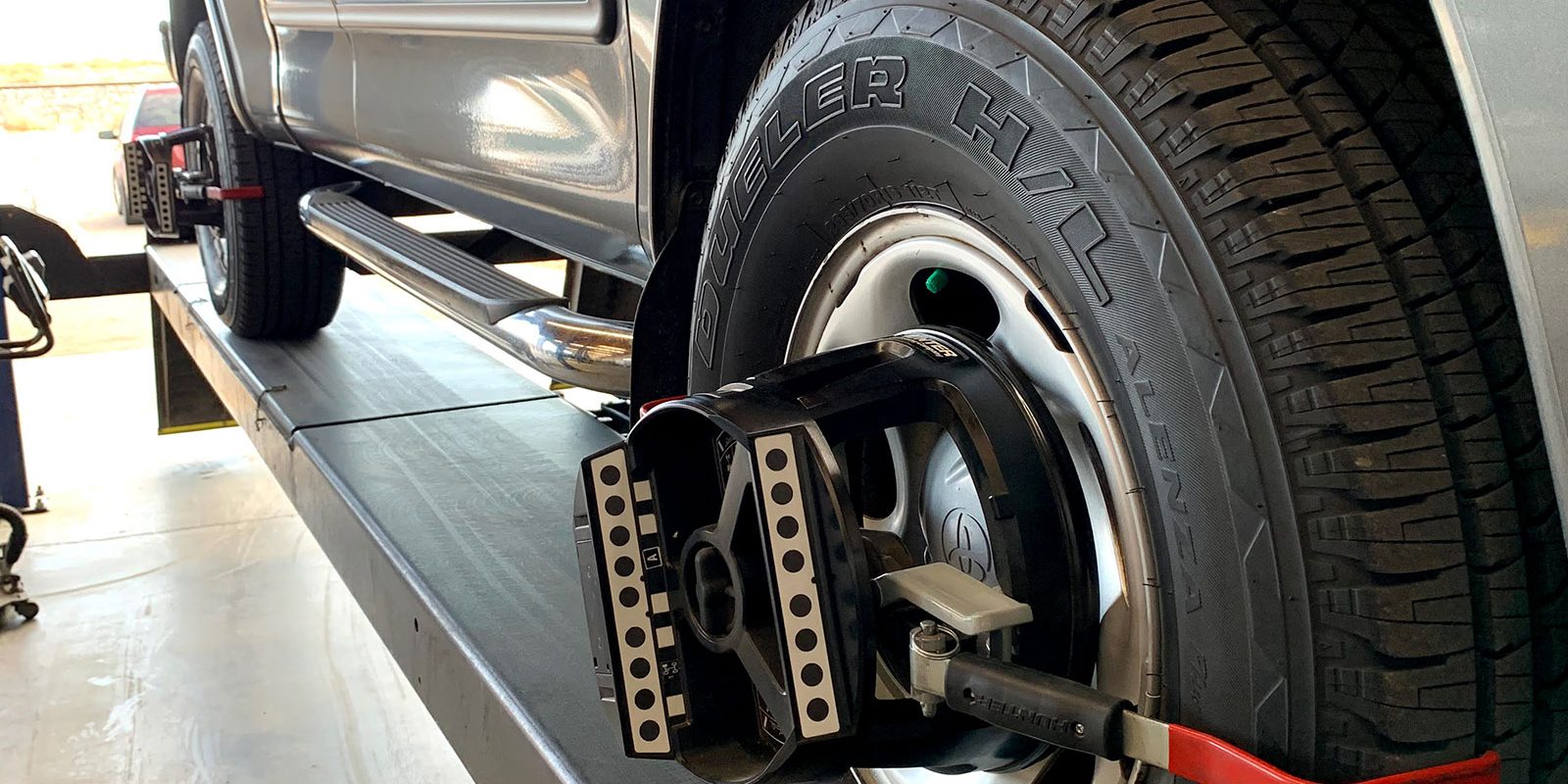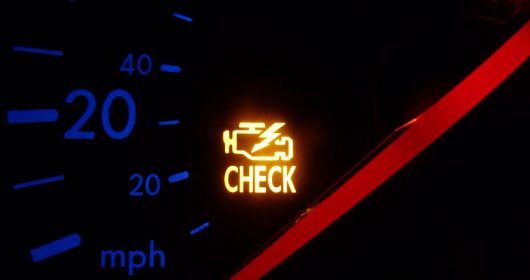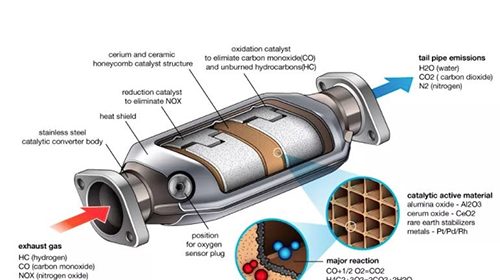
Blog

Diagnosing and Fixing Wheel Alignment Problems – Greulich’s Automotive Repair
A recent survey conducted by United Tires suggested that 35% of drivers have ridden on misaligned wheels for more than 30 days.
Although misaligned wheels may not be that easy to spot as a driver, they can be dangerous to drive on, as they make your vehicle both harder to steer and can increase stopping distances. They can also cause long term damage to your vehicle’s suspension, resulting in an expensive fix if not sorted out quickly.
To avoid this happening to you and your car, here are some ways that you can identify wheel alignment problems so that the problem can be fixed quickly and easily.
What are misaligned wheels?
The position of your car’s wheels is controlled by its suspension system. Ideally, wheels should be suspended in a way that there is as much of the tread of the tire in contact with the road as possible. Wheel position should also be symmetrical so that each wheel has an equal amount of traction with the road.
In the case of misaligned wheels, the suspension system has been knocked, meaning that one wheel now has greater contact with the road than the one on the other side of the vehicle.
What can cause misaligned wheels?
Misaligned wheels can be caused by surprisingly minor bumps to a vehicle’s suspension.
This can include: driving over potholes, driving your wheel over the curb of a road or even driving too fast over a speed bump.
Larger accidents can also cause misaligned wheels. In these instances, wheel misalignment can fly under the radar, as your attention could be focused on fixing more obvious types of damage. However, given the importance of wheel alignment to your vehicle’s overall level of safety, it’s very important to get the wheels of a vehicle aligned before a damaged car returns to the road.
What are the effects of misaligned wheels?
The most dangerous effect of misaligned wheels is that they can cause a vehicle to drag to one side, especially at high speeds.
Since the wheels on one side of the vehicle are in greater contact with the road, they produce more traction, pulling the vehicle towards that side. For similar reasons, a vehicle’s ability to turn in the direction where traction is reduced is also diminished, sometimes to unsafe levels.
Reduced traction also means increased braking distances. If you are not used to these additional braking distances, and do not take it into consideration when you are driving, then this could increase your chances of you crashing into the back of the car in front of you.
Misaligned wheels can also cause uneven wear on your tires, as excess pressure is being exerted onto tires that have greater contact with the road. If this happens for a long period of time, tires will need to be replaced prematurely. Your fuel consumption may also increase, as reduced traction means more force is needed to reach desired speeds.
How can you diagnose misaligned wheels?
There are a few “tests” that you can run to diagnose whether your vehicle may have a wheel alignment problem. Although they cannot categorically confirm or deny whether your wheels are misaligned, they can help you determine whether it’s worth taking your car in for an inspection.
These tests are:
- Checking tires for uneven wear: If you can see or feel that tires are more worn on one side of your car than the other, then this indicates that your wheels are likely to be misaligned.
- Checking the “resting” position of your steering wheel: If you can find an unused drivable path, such as a long driveway, drive for a few dozen yards with your hands off the steering wheel. If the “resting” position of the steering wheel is off center, then this is indicative of misaligned wheels.
- Checking where you need to hold your steering wheel to stay in a lane: Be mindful of where you need to hold your steering wheel to drive in a straight line. If the steering wheel is not completely centered, this could be due to having misaligned wheels.
What to do if you have misaligned wheels?
Given the impact of misaligned wheels on the safety of your vehicle, the best thing to do if you notice the signs of misalignment is to take your vehicle in for professional alignment. Any of the 16+ Greulich’s locations can get you in for a free alignment check very quickly. If alignment is needed, they can fix the issue same-day in most cases.
You can schedule an alignment check and/or service with your nearest Greulich’s team here or give them a call. A full list of locations is available here. Of course, walk-ins are always welcome as well!




